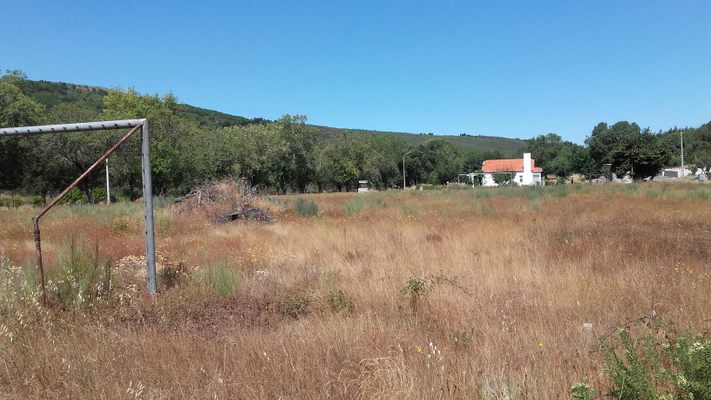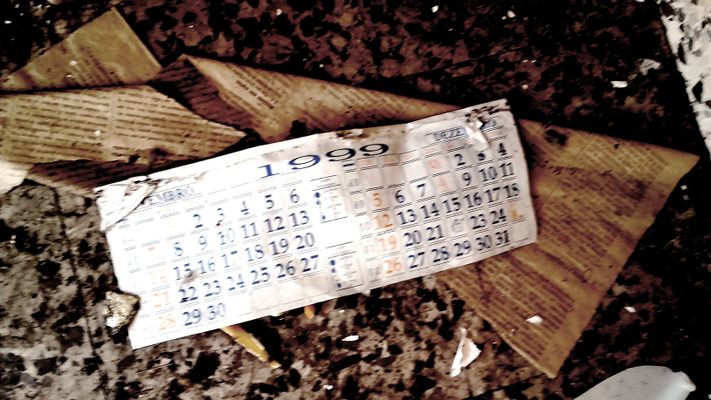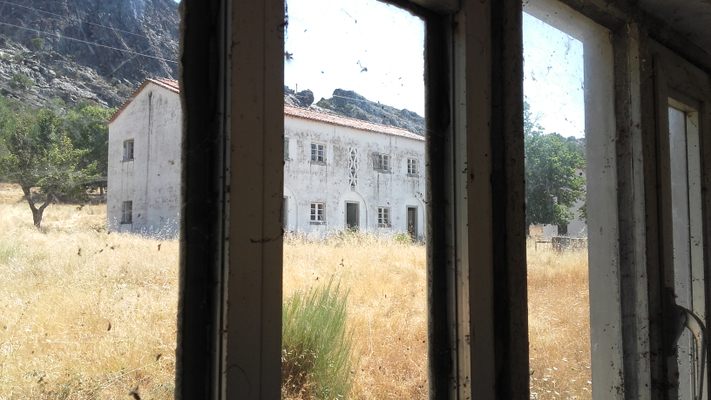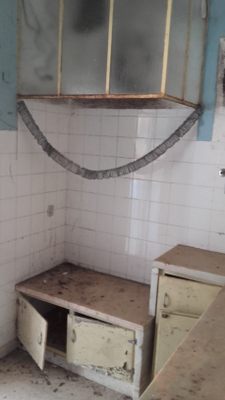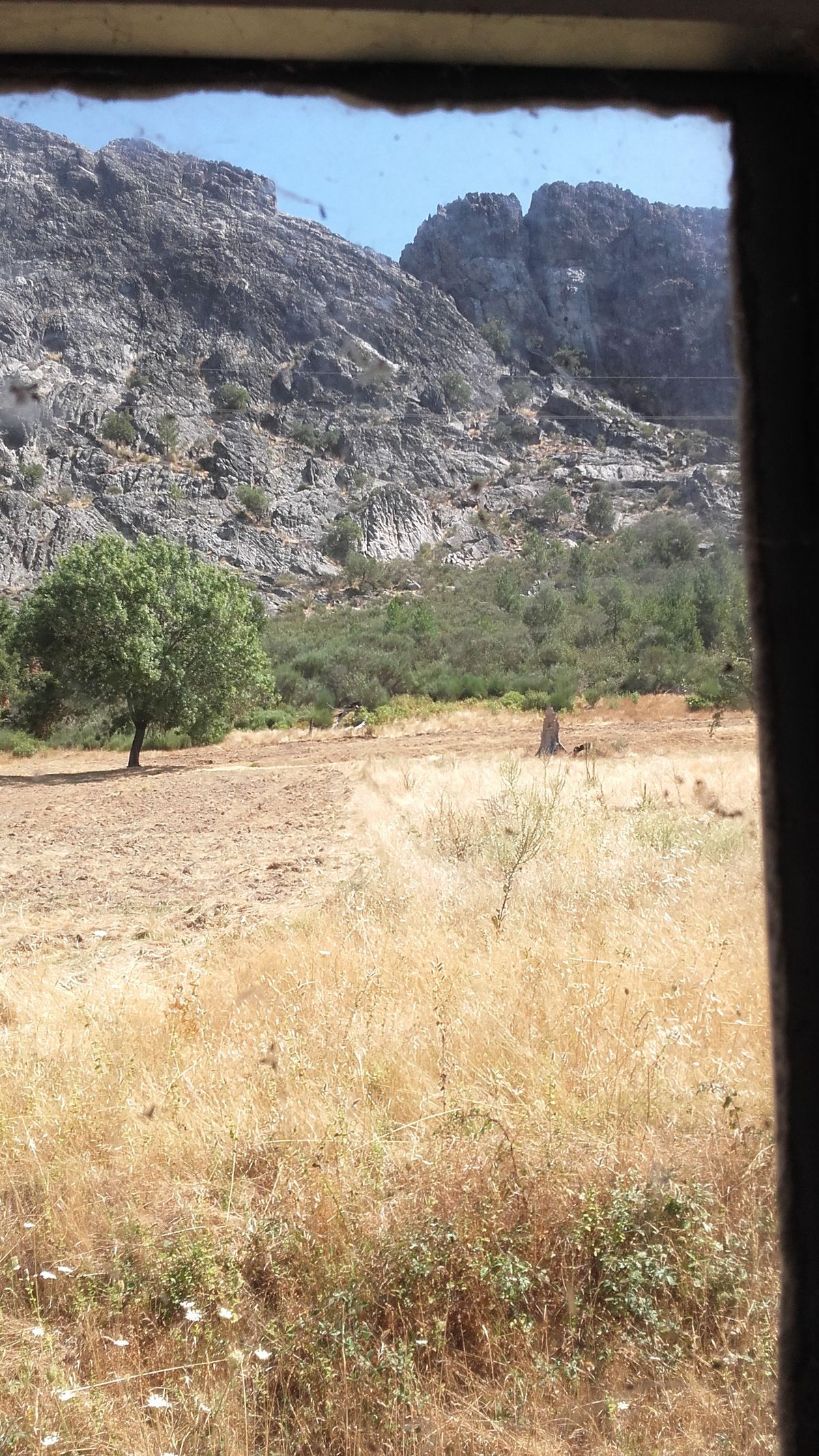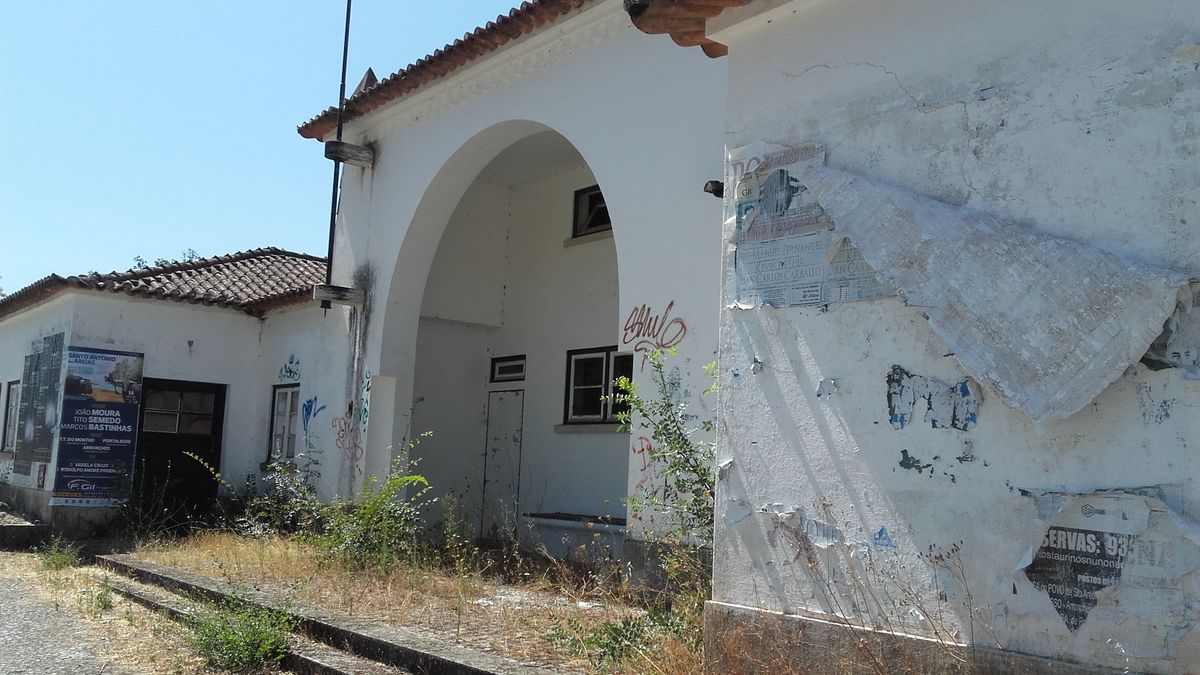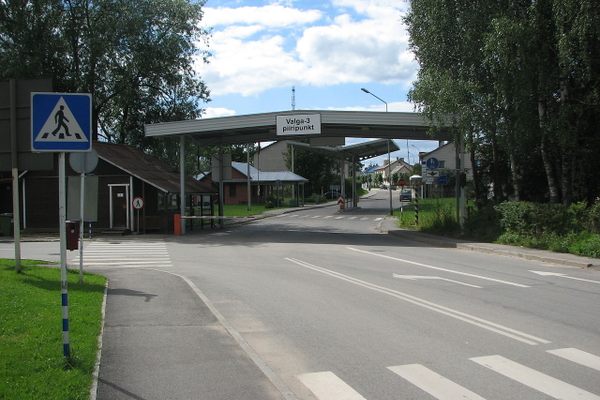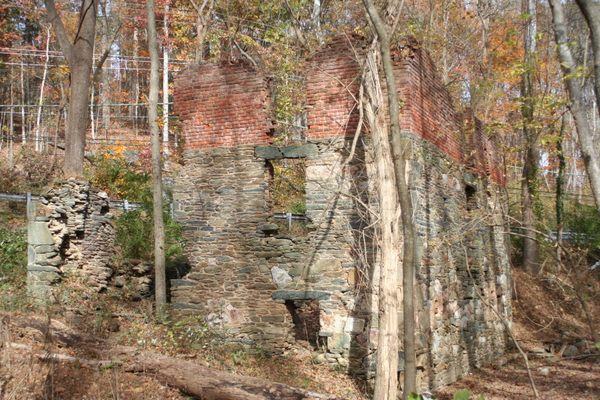About
After the Second World War and Spanish Civil War, the Iberian countries were dominated by the political dictatorships of António de Oliveira Salazar and Francisco Franco. Due to the economic circumstances, the border between Portugal and Spain became a hotbed for smuggling goods.
The Portuguese government sought to monitor the illegal market by beefing up its border facilities. In 1964, the government hired architect Cassiano Branco, who built iconic buildings including Lisbon’s Eden Theatre and the miniature park Portugal dos Pequenitos in Coimbra, to carry out the project along with Carlos João Chambers Ramos. The border post was finally inaugurated in 1972.
The resulting complex included a main structure that was divided into two parts, one housing the Customs and Tax Guard Services and the other housing spaces dedicated to tourism and currency exchange. The latter portion also included a restaurant that had a panel of tiles made by Manuel Lapa displayed on the walls. To the west of this building were 20 dwellings built to house the tax guards and their families, as there was not a village nearby for them to live in. There was also a warehouse, guard post, sports center, and a church.
The implementation of the 1995 Schengen Agreement, which put an end to most border checks within Europe, rendered this post obsolete. Many of the houses were abandoned shortly after, and the main building, including the tourist information office, eventually shuttered as well.
Related Tags
Know Before You Go
Porto Roque Border Post is located in Marvaô Municipality, about 1.8 miles (three kilometers) from the village of Gallegos, marking the border between Marvaõ and Valencia de Alcántara in Spain. As this site is abandoned, it's best to stick to admiring it from the outside. Do not trespass, and do not enter the abandoned buildings.
Portugal: A Culinary Adventure from Porto to Lisbon
Explore Portugal through food, from the cities to the seaside.
Book NowCommunity Contributors
Added By
Published
August 14, 2019




